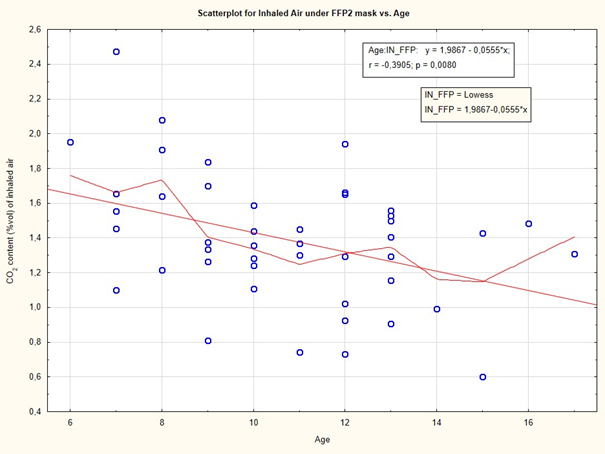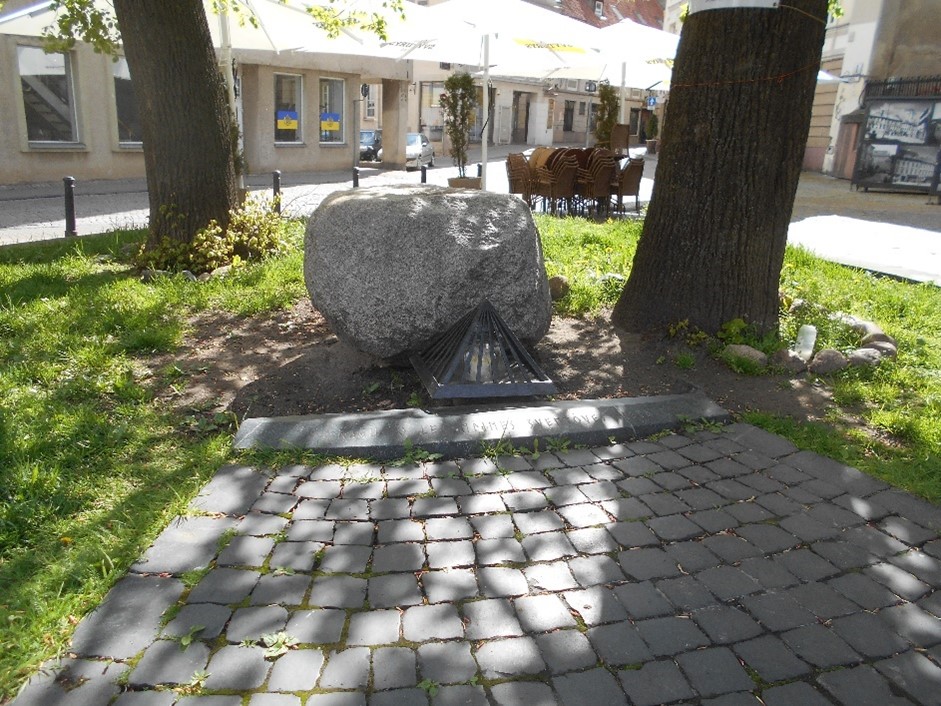Only about 6 percent of all interventions used in medicine have sufficiently good data and are effective
Our new meta-review shows: The backbone of Evidence Based Medicine is weak
Regular readers of my texts know that I am very sceptical about the postmodern redemption narrative of modern medicine that proclaims: We live so long and do so well because modern medicine has made such tremendous advances. Therefore, everything that modern pharmacology brings us is good, welcome and worthy of support (and should be funded by the public).
Even the legendary social physician Thomas McKeown from Birmingham pointed out in the 1970s that this widespread popular opinion is most likely wrong and said in the introduction to his still very readable work “The Role of Medicine: Dream, Mirage, or Nemesis?” [1,2]: If he were St. Peter, he would only allow two types of doctors into heaven, namely trauma surgeons and dentists. Because those would be the only ones who really contributed to a reduction of suffering. The real progress and thus the extension of life span and the improvement of quality of life would not be due to medicine, but to socio-political progress, better nutrition, hygiene and living conditions without constant fear of hardship and death.
Well, that was in the 70s. Maybe it’s different today? We did a very large meta-study to answer the question of how good the data is for medical interventions in general. It has now been published in the Journal of Clinical Epidemiology [3]. I discuss the study and its findings in a little more detail in this blog. For those in a hurry: the data has not changed much. A maximum of 6 percent of all interventions used in medicine, no matter where, are covered by good data.
Only for a limited time (until 08-22-2022) the meta-review is freely accessible at: https://authors.elsevier.com/c/1fIHz3BcJQAobl






